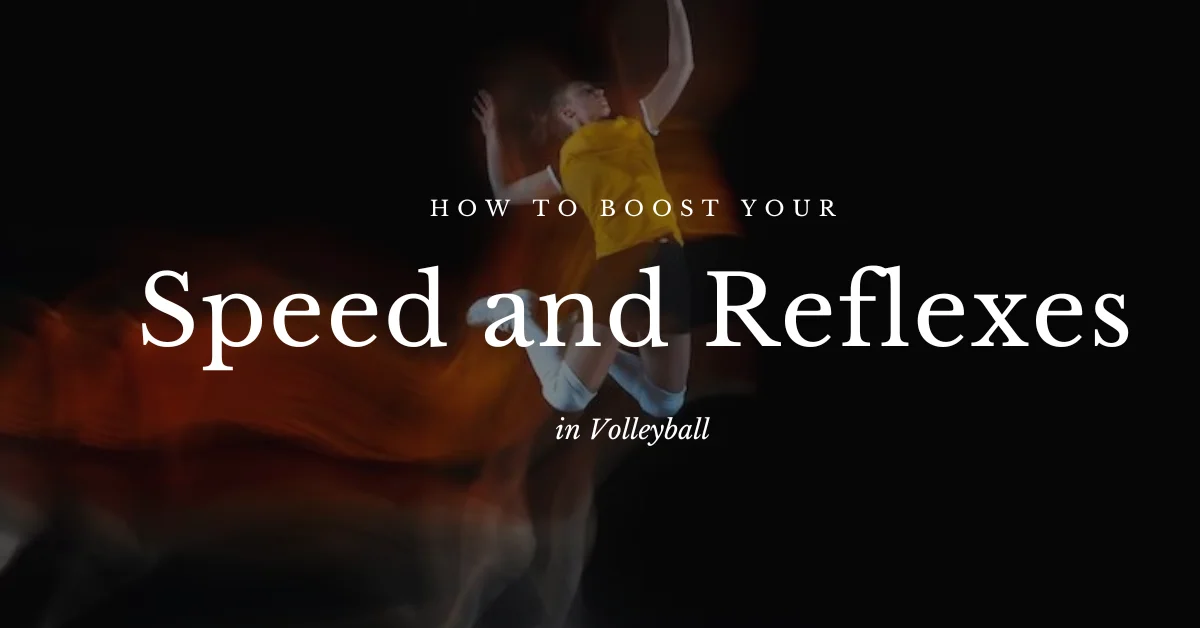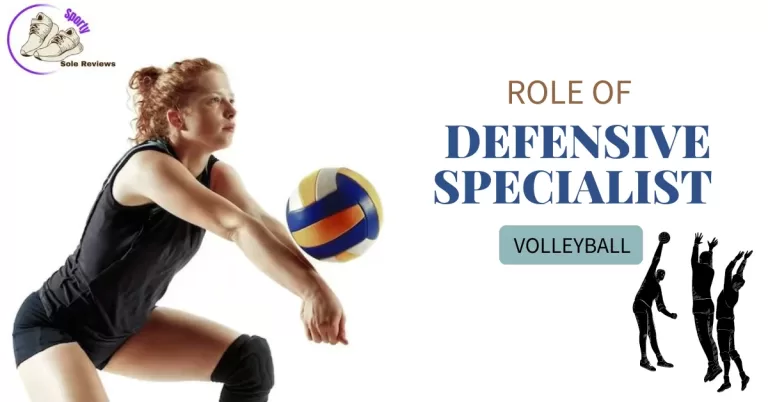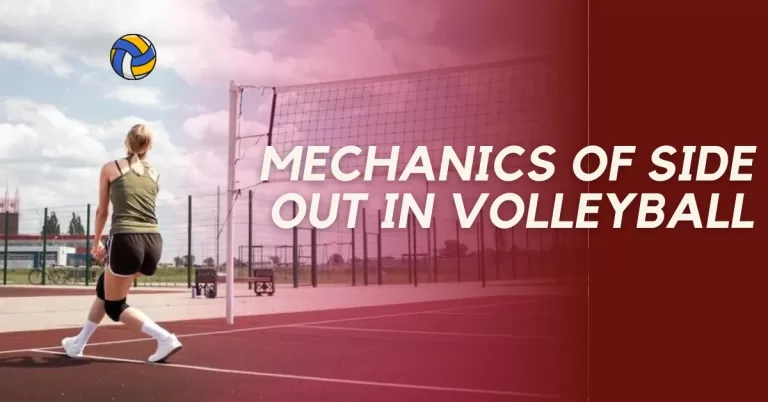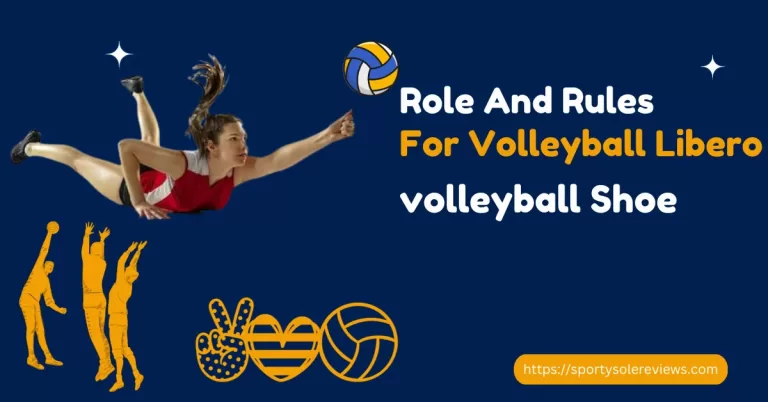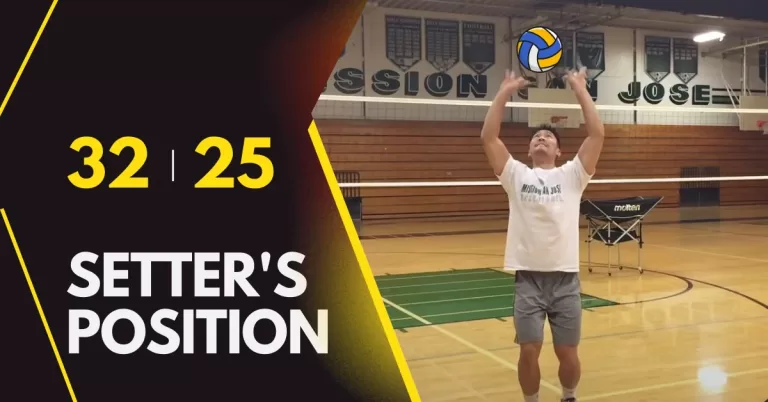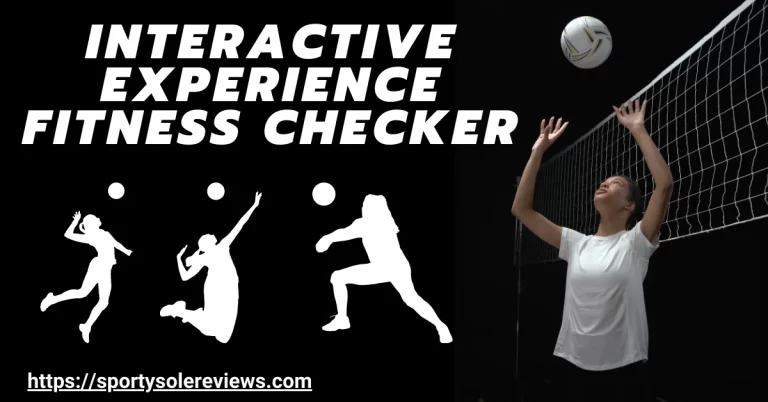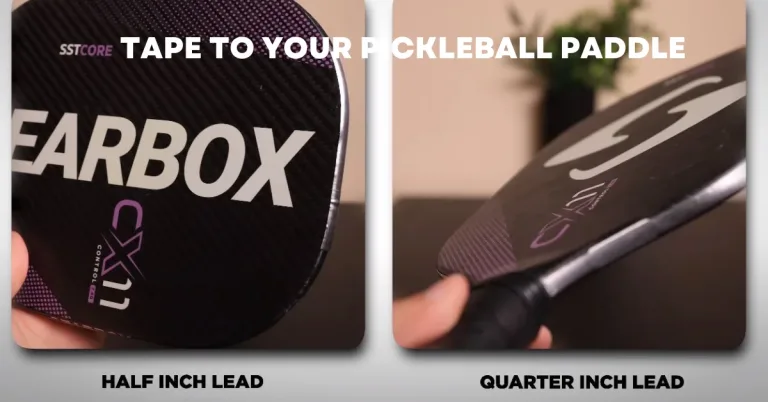How to Boost Your Speed and Reflexes in Volleyball?
In the fast-paced world of volleyball, speed and reflexes reign supreme, wielding the power to turn ordinary players into extraordinary performers. Elevating your game hinges on honing these essential skills. As a volleyball player, I dig deeper to uncover the secrets to boosting your speed and reflexes in volleyball. Prepare to unlock agility, master reaction times, and surge ahead on the court.
Boost Your Speed and Reflexes in VolleyballIf you want to excel in volleyball, improving your speed and reflexes is crucial. Here are some tips to help you become a faster and more agile player on the court.
| Technique | Description |
|---|---|
| Footwork | Work on your footwork to move quickly and efficiently on the court. Practice side-to-side shuffling, quick pivots, and explosive jumps. |
| Reaction Drills | Engage in reaction drills to improve your reflexes. Use a partner to toss or spike the ball unpredictably, forcing you to react quickly. |
| Speed Training | Incorporate speed training into your routine. Sprint drills and agility ladder exercises can help increase your overall speed and agility. |
| Hand-Eye Coordination | Enhance your hand-eye coordination by practicing ball-handling skills. Focus on passing, setting, and hitting to improve your touch and accuracy. |
| Reaction Time Exercises | Perform reaction time exercises, such as catching a ball or reacting to visual cues, to sharpen your reflexes and response time. |
| Balance and Core Strength | Work on your balance and core strength to maintain stability while moving quickly on the court. Yoga and core exercises can be beneficial. |
By incorporating these techniques and exercises into your training regimen, you can significantly enhance your speed and reflexes in volleyball. Remember that consistent practice and dedication are key to becoming a more agile and responsive player.
Strength and Conditioning for Speed and Reflexes
When it comes to excelling in volleyball, a combination of speed and razor-sharp reflexes can be a game-changer. To boost your speed and reflexes in volleyball, a well-designed strength and conditioning program is indispensable. Let’s explore the key elements of such a program to enhance your performance on the court.
Targeting Key Muscle Groups:
A well-rounded strength and conditioning routine should focus on targeting specific muscle groups that contribute to speed and reflex development. The lower body, including quadriceps, hamstrings, and calves, is crucial for explosive movements and quick bursts of speed. Upper body strength, particularly in the shoulders and arms, plays a significant role in rapid reactions to blocks.
Incorporating Resistance Training:
Resistance training with weights or resistance bands is an effective way to build power and explosiveness. Exercises like squats, lunges, and deadlifts help in developing the leg strength needed for explosive jumps and quick lateral movements. Additionally, incorporating plyometric exercises like box jumps and medicine ball throws can further enhance power production.
Core Strength for Balance and Stability:
A strong core is vital for maintaining balance and stability during quick movements on the court. Incorporate exercises like planks, Russian twists, and medicine ball rotations to strengthen the core muscles. A stable core allows players to react swiftly to changing situations and maintain control over their movements.
Understanding the Role of Speed and Reflexes in Volleyball
The sport of volleyball demands a perfect fusion of skill, strategy, and physical prowess. Among the essential attributes contributing to success on the court, speed and reflexes emerge as paramount factors that separate the exceptional players from the rest. How to Boost Your Speed and Reflexes in Volleyball becomes a fundamental question for athletes striving to reach peak performance.
Impact of Speed and Reflexes:
Speed in volleyball pertains to quickness in movement across the court, while reflexes signify the ability to respond swiftly to unpredictable situations. These attributes significantly impact various aspects of the game, including defence, offence, and overall agility. Quick reflexes empower players to make timely digs, blocks, and saves, keeping the rally alive. Enhanced speed aids in reaching the ball faster, executing powerful spikes, and covering more ground during defensive plays.
Contributing to Better Performance:
A player’s agility relies heavily on their speed and reflexes. The quicker a player can react, the more effectively they can anticipate their opponent’s moves and adjust their position accordingly. By incorporating specialised drills and exercises into their training regimen, players can elevate their speed and reflex capabilities. Plyometric exercises, such as depth jumps and lateral bounds, can boost explosive power, while reaction ball drills enhance reflexes and hand-eye coordination.
Notable Players with Exceptional Speed and Reflexes:
Several renowned volleyball athletes have become synonymous with their extraordinary speed and lightning-quick reflexes. Names like Giba (Gilberto Amaury de Godoy Filho) from Brazil and Saeid Marouf from Iran are celebrated for their unparalleled agility, swift movements, and remarkable reaction times, enabling them to dominate on the court.
Pre-Game Warm-Up Routines for Enhanced Speed and Reflexes
In the high-paced world of volleyball, having superior speed and razor-sharp reflexes can be the key to outperforming opponents and making game-changing plays. To boost your speed and reflexes in volleyball, a well-structured pre-game warm-up routine is essential.
Dynamic Warm-Up Exercises:
Start your warm-up with dynamic movements that activate your muscles and increase blood flow. Incorporate exercises like high knees, butt kicks, leg swings, and arm circles. These movements prepare your body for the intense physical demands of the game while reducing the risk of injury. As a volleyball player, I created a volleyball calorie calculator for players to use as a guide.
Drills to Improve Reaction Time and Reflexes:
Next, focus on drills that specifically target your reaction time and reflexes. Quick ladder drills challenge your footwork and agility, helping you become more responsive to rapid changes in direction. Cone drills with sudden shifts and turns simulate real-game situations, honing your ability to react swiftly to varying court scenarios.
Wall Ball Drills for Hand-Eye Coordination:
To sharpen your hand-eye coordination, incorporate wall ball drills into your warm-up routine. Throw the ball against a wall and react quickly to its return, enhancing your reflexes and fine-tuning your ball control skills.
Agility Training for Volleyball Players
The connection between agility, speed, and reflexes cannot be understated, as they collectively form the foundation of a formidable player. If you want to boost your speed and reflexes in volleyball, incorporating effective agility training into your regimen is essential.
The Importance of Agility:
Agility is the ability to move quickly and change direction with ease while maintaining balance and control. In volleyball, where split-second decisions are critical, agile players gain a competitive edge. Agility enhances a player’s capacity to react swiftly to opponents’ moves, reach the ball faster, and execute precise plays.
Agility Ladder Drills:
Agility ladder drills are valuable exercises to improve footwork and coordination. These drills involve intricate foot patterns, requiring players to move their feet quickly in and out of ladder rungs. This helps in developing foot speed, agility, and proprioception, crucial for on-court manoeuvring.
Plyometric Exercises for Explosiveness:
Plyometric exercises focus on explosive movements and rapid reactions. Drills like box jumps, squat jumps, and lateral bounds enhance power production and quick muscle contraction. Plyometrics not only improve speed but also contribute to better jumping ability, crucial for blocking and spiking.
Conclusion:
By incorporating agility training, strength and conditioning exercises, and tracking progress, you can make significant strides in your performance. Consistent practice and commitment to SMART goals are vital for continuous improvement. So, lace up your shoes, hit the gym, and implement these strategies to become a faster and more agile player on the volleyball court. Your hard work will undoubtedly pay off, leading to greater success and satisfaction in your volleyball journey.
Can anyone improve their speed and reflexes in volleyball?
Yes, with proper training and dedication, anyone can enhance their speed and reflexes on the volleyball court. Consistent practice and targeted exercises are key.
How long does it take to see improvements in speed and reflexes?
The timeline varies depending on individual factors like current fitness level and commitment to training. Some may notice progress in a few weeks, while others may take a few months to see significant improvements.
Can agility training alone enhance my speed and reflexes?
Agility training is crucial, but a comprehensive approach that includes strength and conditioning exercises is more effective. A balanced routine addresses various aspects of speed and reflex development.
What are SMART goals, and why are they important in volleyball training?
SMART goals are Specific, Measurable, Achievable, Relevant, and Time-bound objectives. They provide clarity, focus, and motivation, guiding players towards continuous improvement.

